Looking back at the beginnings of our work using impact investing tools.
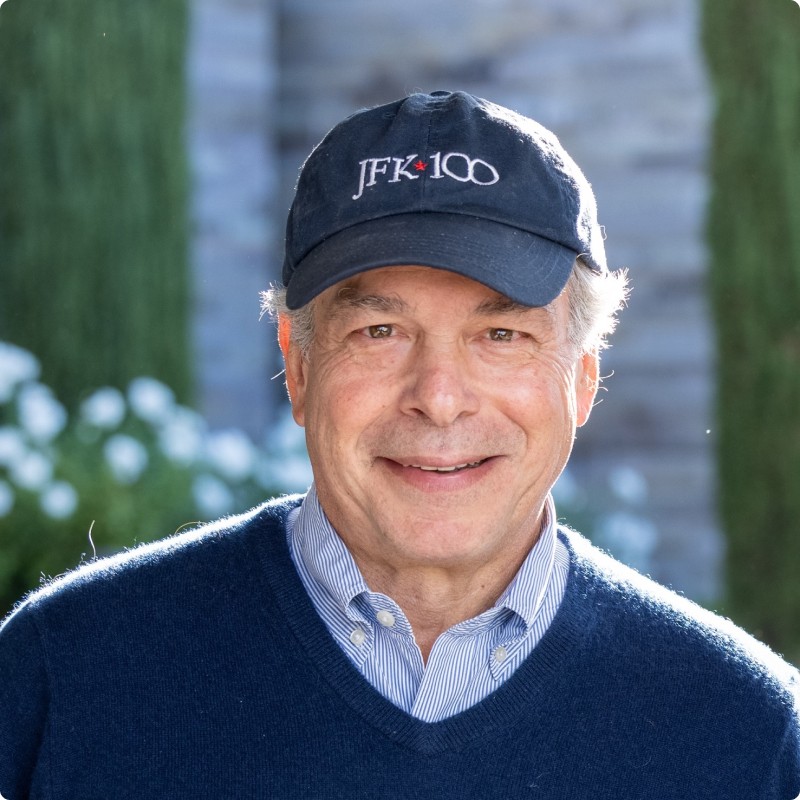
How far back can you trace work related to this program?
The foundation’s exploration of using non-grant forms of capital to advance its mission began in 2008. That year Kresge made its first five social investments, all loans between $1 million to $2.5 million.
Then in 2009, the foundation responded further to the financial crisis by issuing more than a dozen no-interest loans to nonprofits directly involved in stabilizing and supporting communities.
“Like so many things, the origins of the Social Investment Practice had its roots in crisis,” said Kresge Trustee Jim Bildner, who was instrumental in moving Kresge to begin using these tools in its work. “2008 was a profound moment for our country and for vulnerable populations. The impact of the fiscal crisis hit every element of the preexisting safety net. This created an enormous supply and demand problem that the foundation had not seen since the Great Depression.”
“The idea to make these no-interest loans came from the Trustees themselves, which was rare,” said Bildner, “and took less than 30 days from idea to reality.”
When was this Practice officially established?
In 2010, Kresge hired its first managing director of social investments, Kimberlee Cornett, who kicked this area of work off more formally. That’s also the year Kresge issued its first non-cash guarantee. In 2015, the foundation expanded its Social Investment Practice and made a public $350 million commitment – representing 10% of its corpus at that time – to deploy into impact investing.
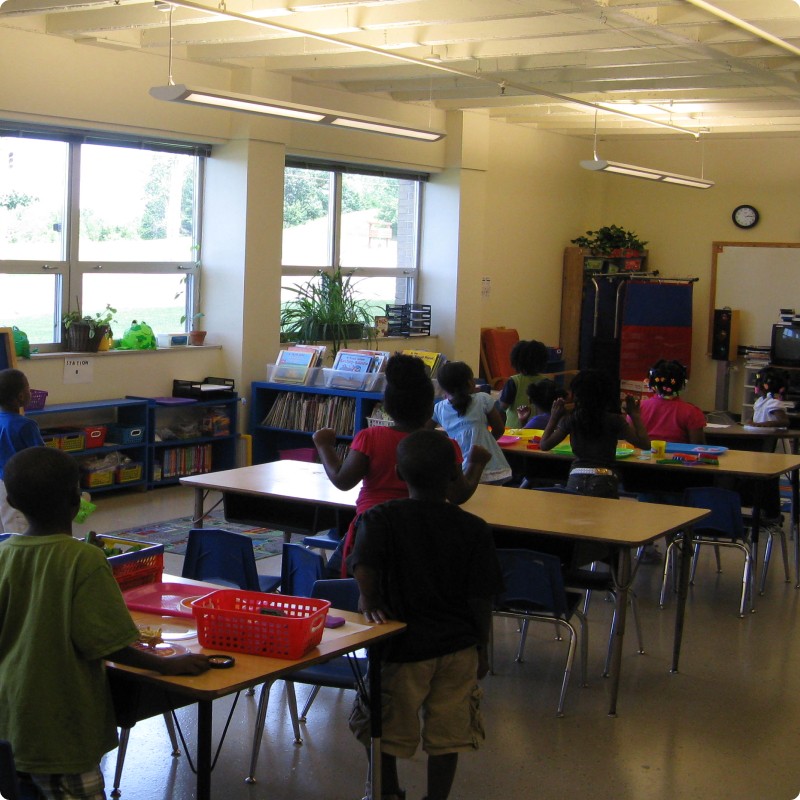
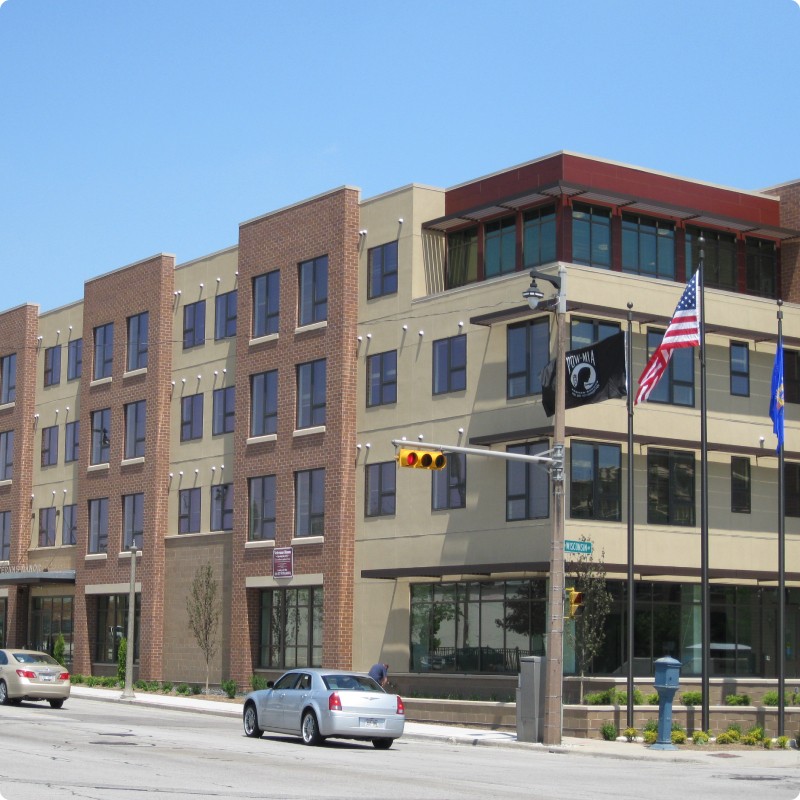
What is an example of an early investment in this space?
IFF, $2.5 million, 2008
This 3% interest loan came alongside a $500,000 grant and supported the Illinois Facilities Fund, now IFF, a nonprofit Community Development Financial Institution that works at the intersection of facilities and finance providing community-centered lending, development, and real estate consulting for nonprofits in order to increase their financial stability and programmatic offerings. With the combination of a structured program-related investment loan and a grant, Kresge enabled the expansion of IFF’s loan and advisory services out of Illinois, a critical step in expanding its ability to provide access to new sources of capital, while building IFF’s organizational capacity to sustain program operations. The increased capacity later led to IFF expanding its services to Detroit and the entire Midwest.
Thanks in part to Kresge’s loan, IFF made 92 loans totaling $50.9 million. IFF loans supported the construction and renovation of buildings in blighted neighborhoods, provided people with affordable and supportive housing, enabled students to have new school choices in their neighborhoods, and increased access to health care.
Why has this area been historically important to Kresge?
“The ability to see a problem, recognize it and respond to it is the fundamental DNA of the Social Investment Practice,” Bildner said. “And what was once seen as anomalous is now seen as standard. What was once a tool is now a practice. What was once something to be used rarely is now commonly used. What was once seen as limited in application is a catalyst for change across the entire foundation.
“It also created a discipline that made us better grantmakers. It made us smarter and raised the bar for the whole foundation.”
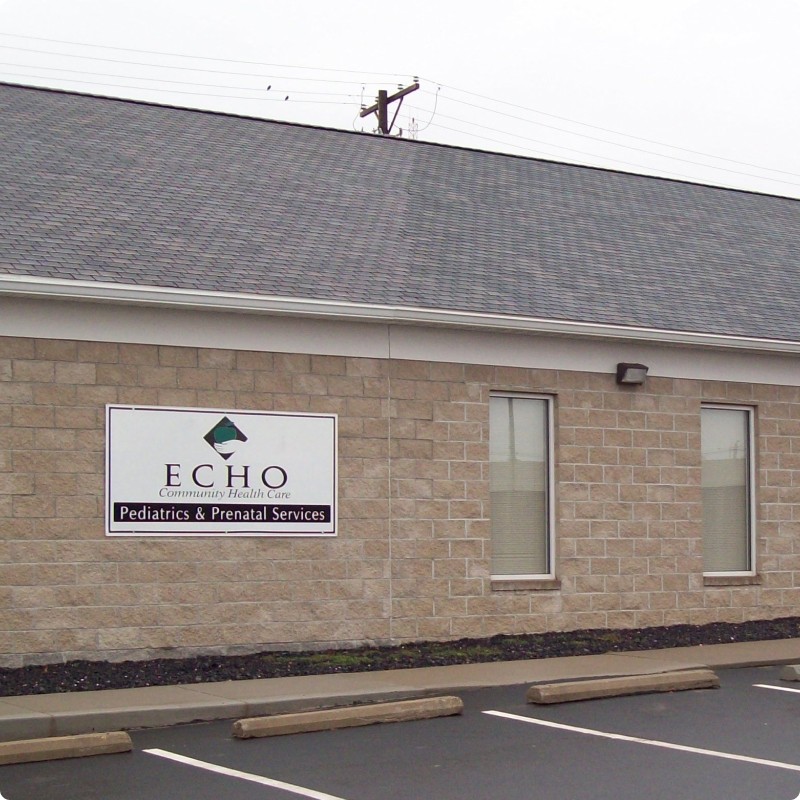

How do the current strategies reflect or build on Kresge’s history?
“Our mandate has always been to ‘support human progress’,” Bildner said. These three words naturally include the concept of staying relevant and iterating to the times you’re in. That means staying relevant with the kinds of support we provide. That’s what the Social Investment Practice does.”
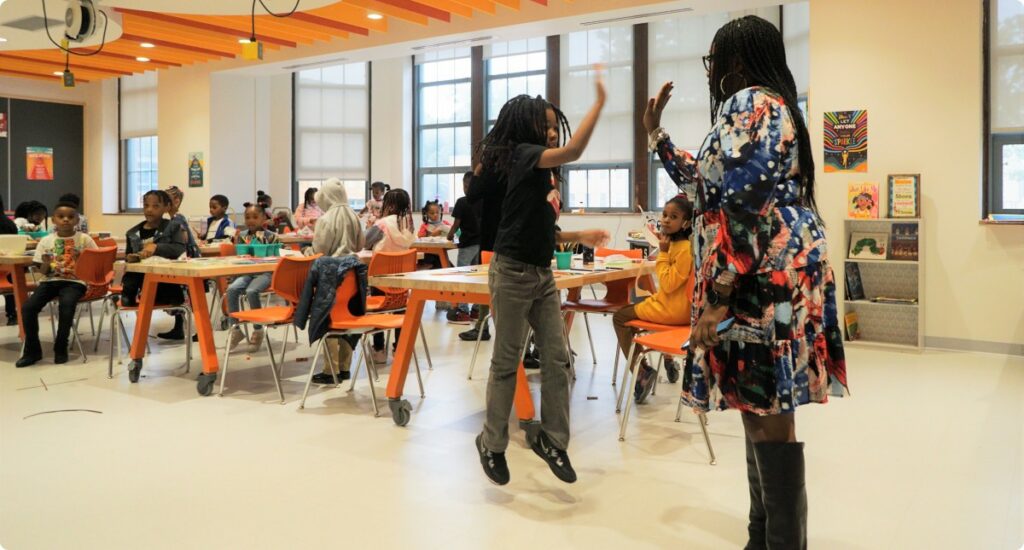




Q: Why has this area been historically important to Kresge?
(Quote from an MD, Rip or former Kresge employee)
Lorem ipsum dolor sit amet, consectetuer adipiscing elit. Aenean commodo ligula eget dolor. Aenean massa. Cum sociis natoque penatibus et magnis dis parturient montes, nascetur ridiculus mus. Donec quam felis, ultricies nec, pellentesque eu, pretium quis, sem. Nulla consequat massa quis enim. Donec pede justo, fringilla vel, aliquet nec, vulputate eget, arcu. In enim justo, rhoncus ut, imperdiet
Q: How do the current strategies reflect or build on our historical investments in this area?
(Quote from an MD, Rip or former Kresge employee)
Lorem ipsum dolor sit amet, consectetuer adipiscing elit. Aenean commodo ligula eget dolor. Aenean massa. Cum sociis natoque penatibus et magnis dis parturient montes, nascetur ridiculus mus.
How far back can you trace work related to this program?
The foundation’s exploration of using non-grant forms of capital to advance its mission began in 2008. That year Kresge made its first five social investments, all loans between $1 million to $2.5 million.
Then in 2009, the foundation responded further to the financial crisis by issuing more than a dozen no-interest loans to nonprofits directly involved in stabilizing and supporting communities.
“Like so many things, the origins of the Social Investment Practice had its roots in crisis,” said Kresge Trustee Jim Bildner, who was instrumental in moving Kresge to begin using these tools in its work. “2008 was a profound moment for our country and for vulnerable populations. The impact of the fiscal crisis hit every element of the preexisting safety net. This created an enormous supply and demand problem that the foundation had not seen since the Great Depression.”
“The idea to make these no-interest loans came from the Trustees themselves, which was rare,” said Bildner, “and took less than 30 days from idea to reality.”
Q: When was this Program officially established? (Year and short explainer)
In 2012, Kresge hired its first managing director of social investments, Kimberlee Cornett. In 2015, the foundation expanded this area of work with a $350 million commitment – representing 10% of its corpus at that time – to deploy into impact investing.

Q: What’s an example of an early investment in this space?
IFF, $2.5 million, 2008
This 3% interest loan was paired with a $500,000 grant and supported IFF, a Community Development Financial Institution that provides below market-rate real estate loans, facilities planning and development, research projects and community planning initiatives. With the combination of a structured PRI and a grant, our support enabled the expansion of IFF's loan and advisory services out of Illinois, a critical step in expanding its ability to provide access to new sources of capital, while building IFF’s organizational capacity to sustain program operations.
